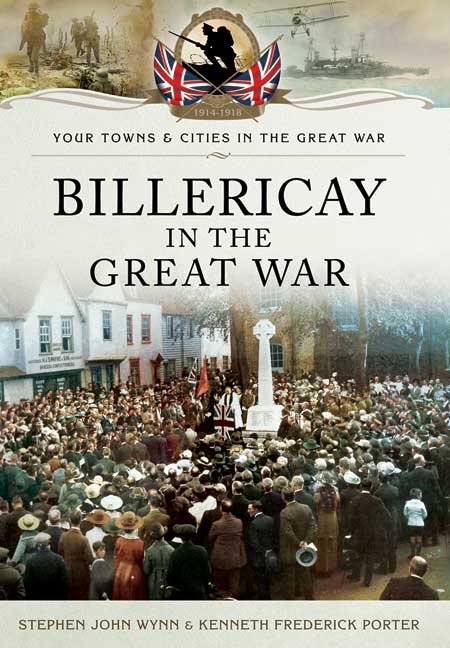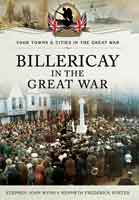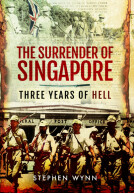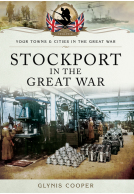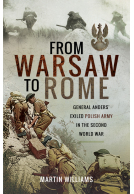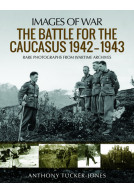Billericay in the Great War (ePub)
Imprint: Pen & Sword Military
Series: Your Towns & Cities in The Great War
File Size: 31.4 MB (.epub)
Pages: 158
ISBN: 9781473838772
Published: 27th August 2014
| Other formats available | Price |
|---|---|
| Billericay in the Great War Paperback Add to Basket | £12.99 |
In 1914 Billericay was a peaceful compact village of about 2000 inhabitants. There was the High Street, Back Street, which today is called Chapel Street, and Back Lane which is now Western Road. Within half a mile of the High Street there were groups of cottages; Sun Street had some, which are still there today. There were others in Laindon Road at the beginning before you come to the Roman Catholic Church, and Stock Road, along with Norsey Road and Western Road. All of this policed by a couple of local Constables.
In London Road there was Hodges Farm and others along Laindon Road where it verges on to Little Burstead, Norsey Road, Stock Road and Jacksons Lane. The roads back then were no more than dirt roads. They weren't flat and smooth and made of tar, but luckily horses were still king of the road.
In 1914, between the bottom end of the High Street and the top end at Sun Street, there were only a total of 54 premises including private houses shops, pubs, a bank, Post Office, the Police station, two Blacksmiths, the undertakers, a school and a Church.
The war began in August of that year and like the pace of life in the village, it started slowly for the people of Billericay. To start with it was something which they only read about in the newspapers. During the war soldiers started to be billeted in the town. There was an Army camp in Mountnessing Road opposite Station Road for the ordinary soldier, but the officers were billeted in people's houses. Initially there was excitement and enthusiasm about the war but when some of the local men who had gone off to fight in it were getting killed, suddenly it became very real and personal as local families started losing loved ones
September 1916 saw a Zeppelin crash in a field at nearby Great Burstead. The burnt and disfigured remains of the German airmen left nobody in doubt just of how real and painful the war was.'
February 1918 even saw German soldiers come to the town as Prisoners of war interned in the local Billericay Work House. They were the enemy, but not monsters, just ordinary men like those from Billericay who had gone off to fight in a war that they most probably didn't want to be fighting in. When it was all over some would return to their families to get on with their lives and for the ones who didn't make it back, there would be the commemoration of their names on a war memorial for generations to remember forever more.
Local and family historians can use this book to understand the landscape changes and the impact of the war on Billericay's residents with rationing and the loss of relatives' lives when one in four of the male population had enlisted.
Essex Family Historian
As featured on Phoenix FM.
Phoenix FM
- Phoenix FM interview with the Billericay in the Great War authors
About Ken Porter
Ken is also retired, having spent his working life in accountancy as a finance director. These days he is a very well-respected local historian of many years standing. He was born under the very shadow of St Nicholas Church and hasnt ventured that far away from it over the years, still living in the Great Berry area of Langdon Hills today.
About Stephen Wynn
Stephen is a retired police officer having served with Essex Police as a constable for thirty years between 1983 and 2013. He is married to Tanya and has two sons, Luke and Ross, and a daughter, Aimee. Both Stephen’s grandfathers served in and survived the First World War, one with the Royal Irish Rifles, the other in the Mercantile Marine, whilst his father was a member of the Royal Army Ordnance Corps during the Second World War.
When not writing Stephen can be found walking his dogs with his wife, Tanya, at some unearthly time of the morning when most normal people are still fast asleep.







